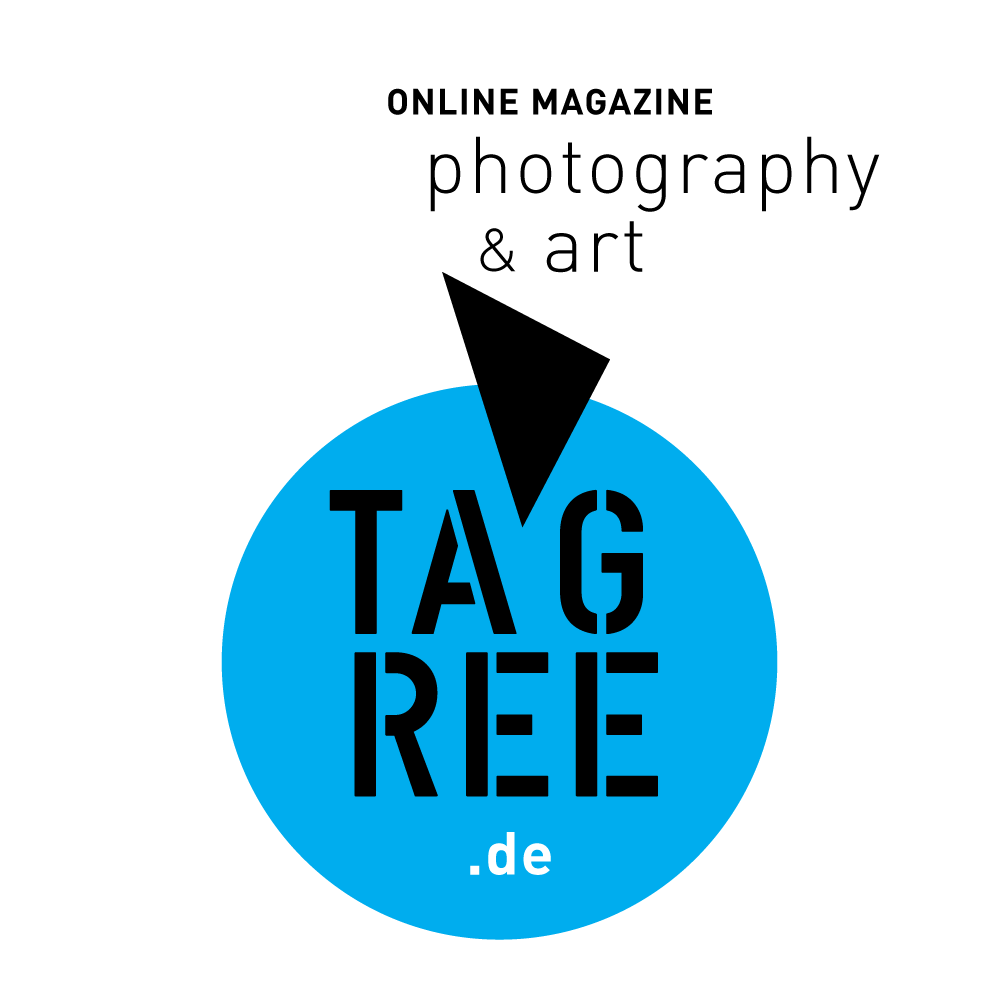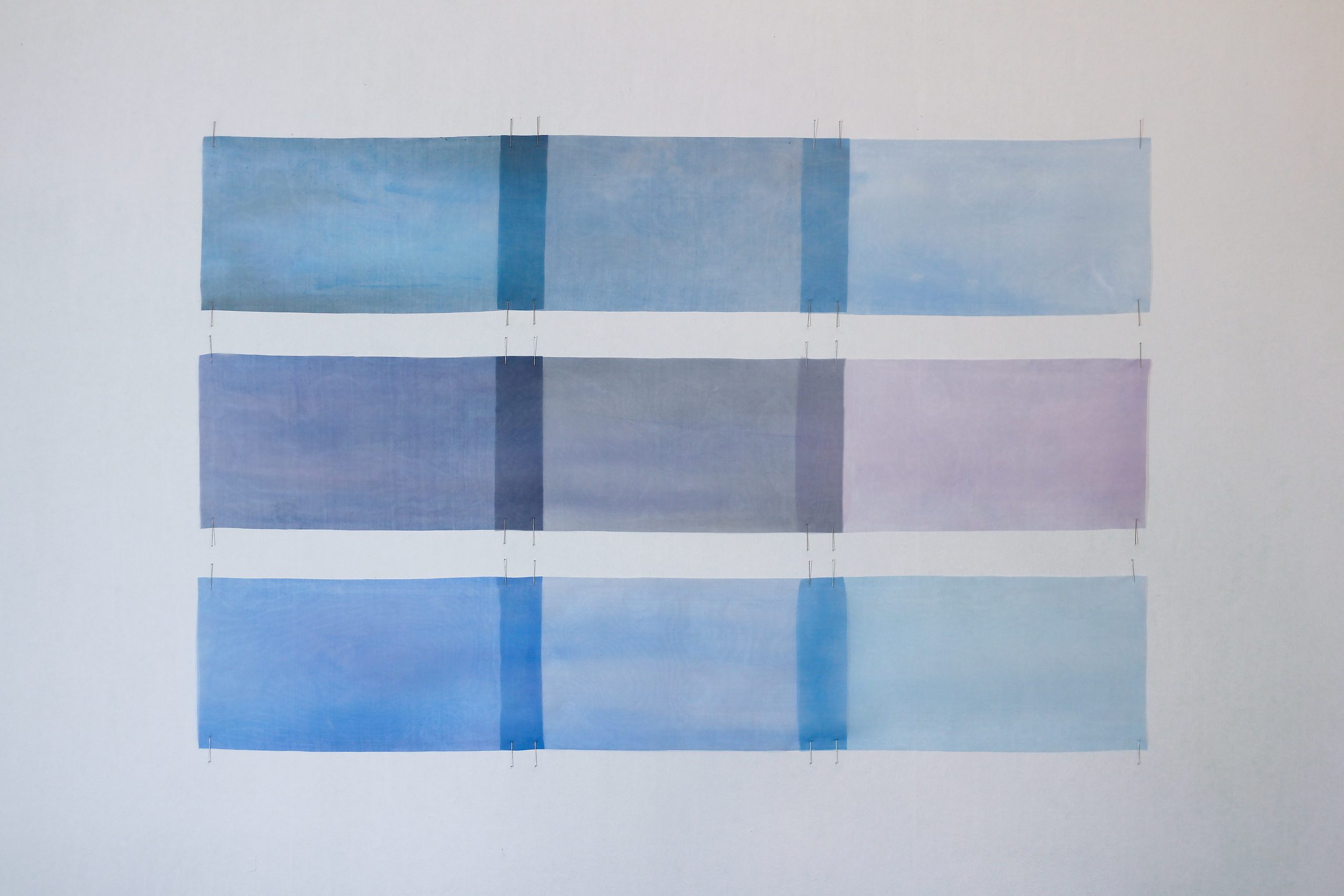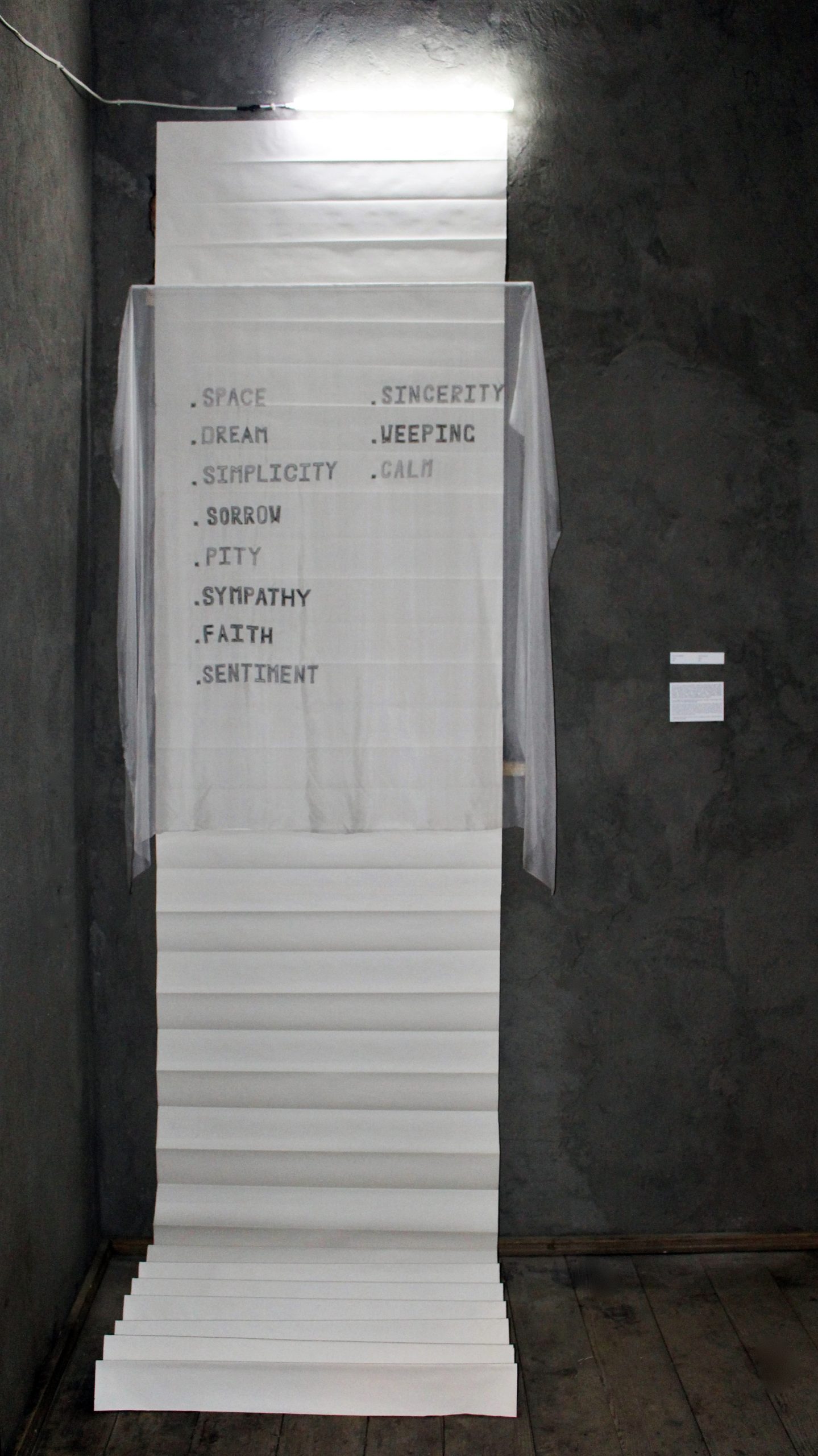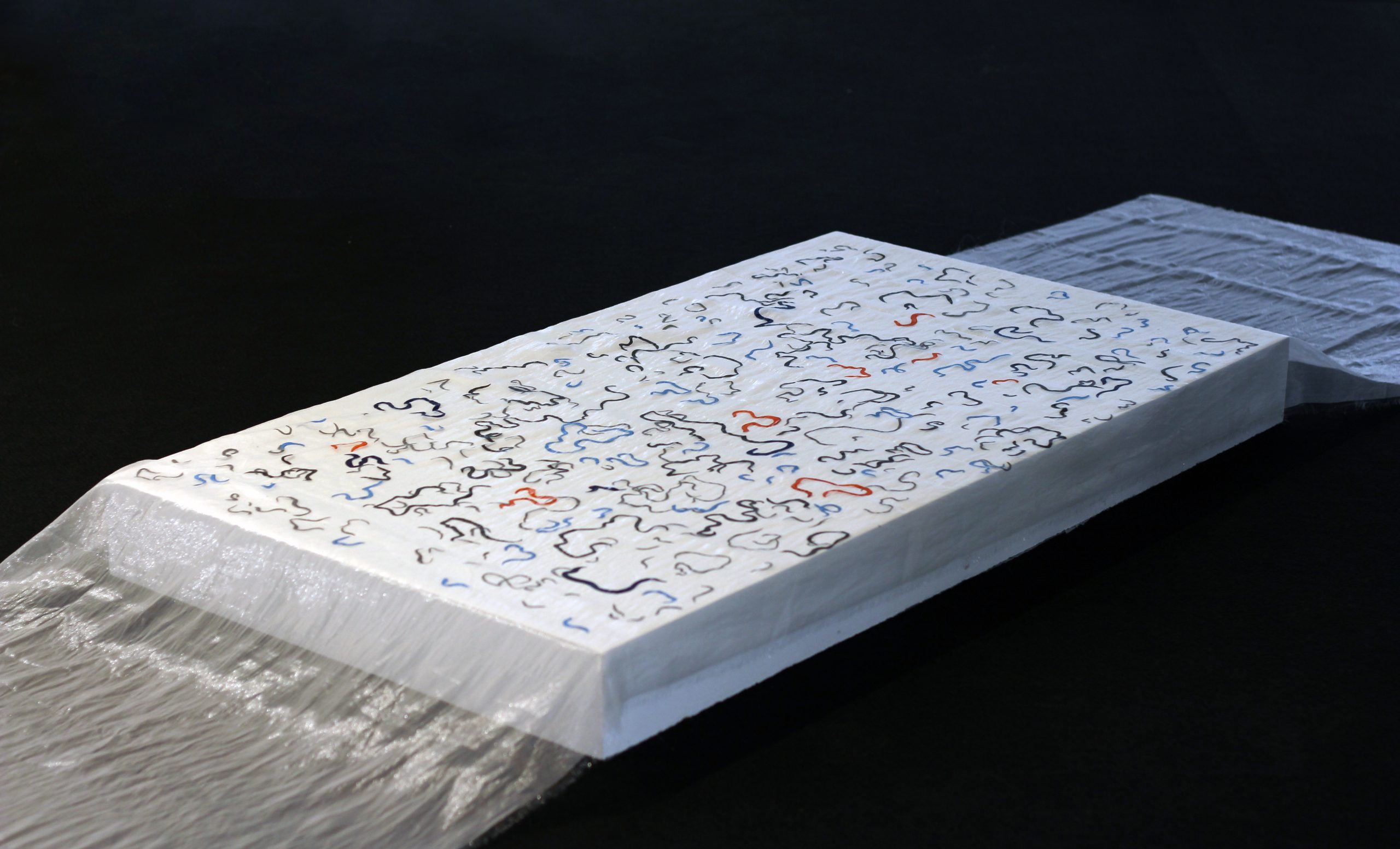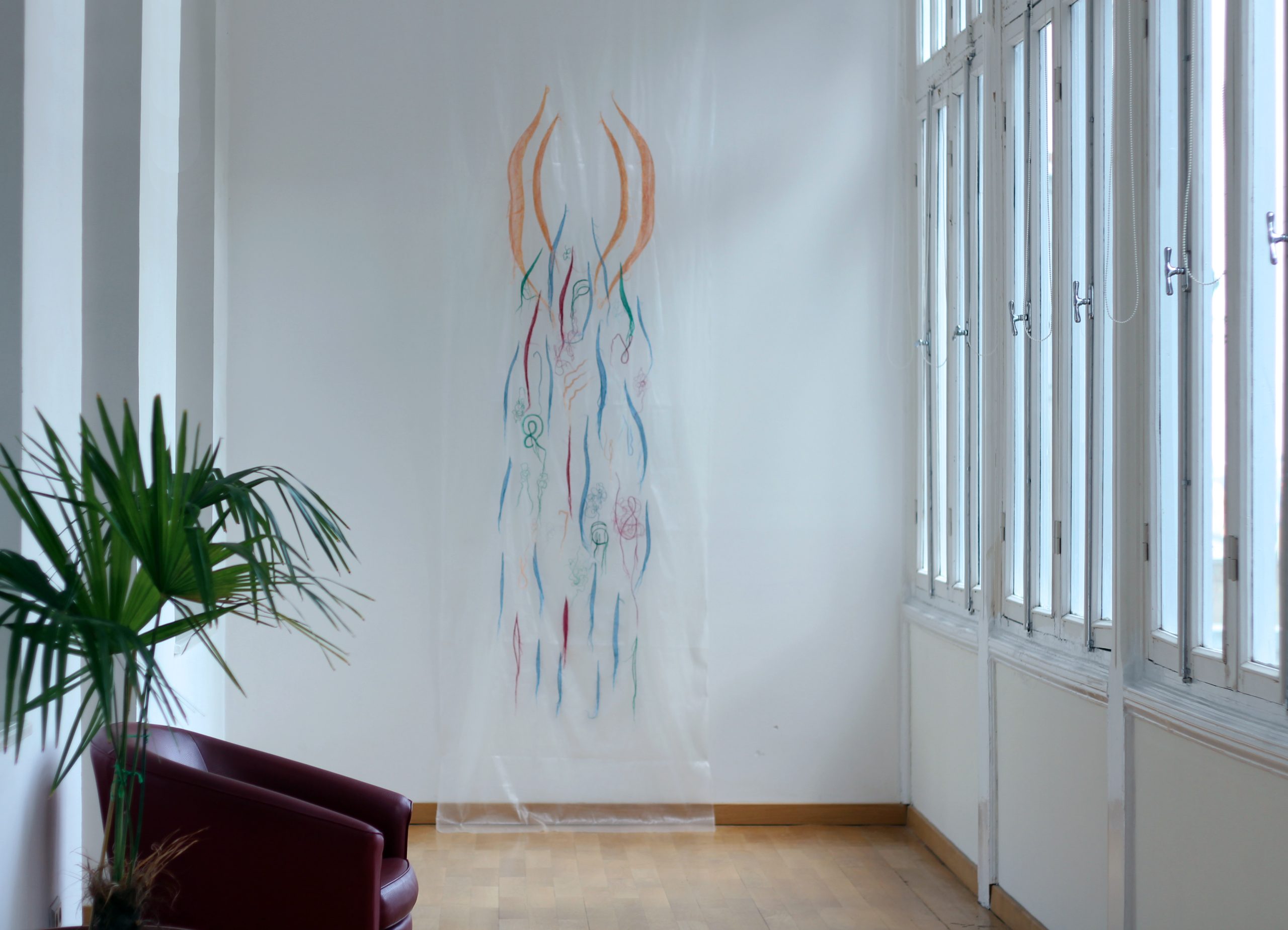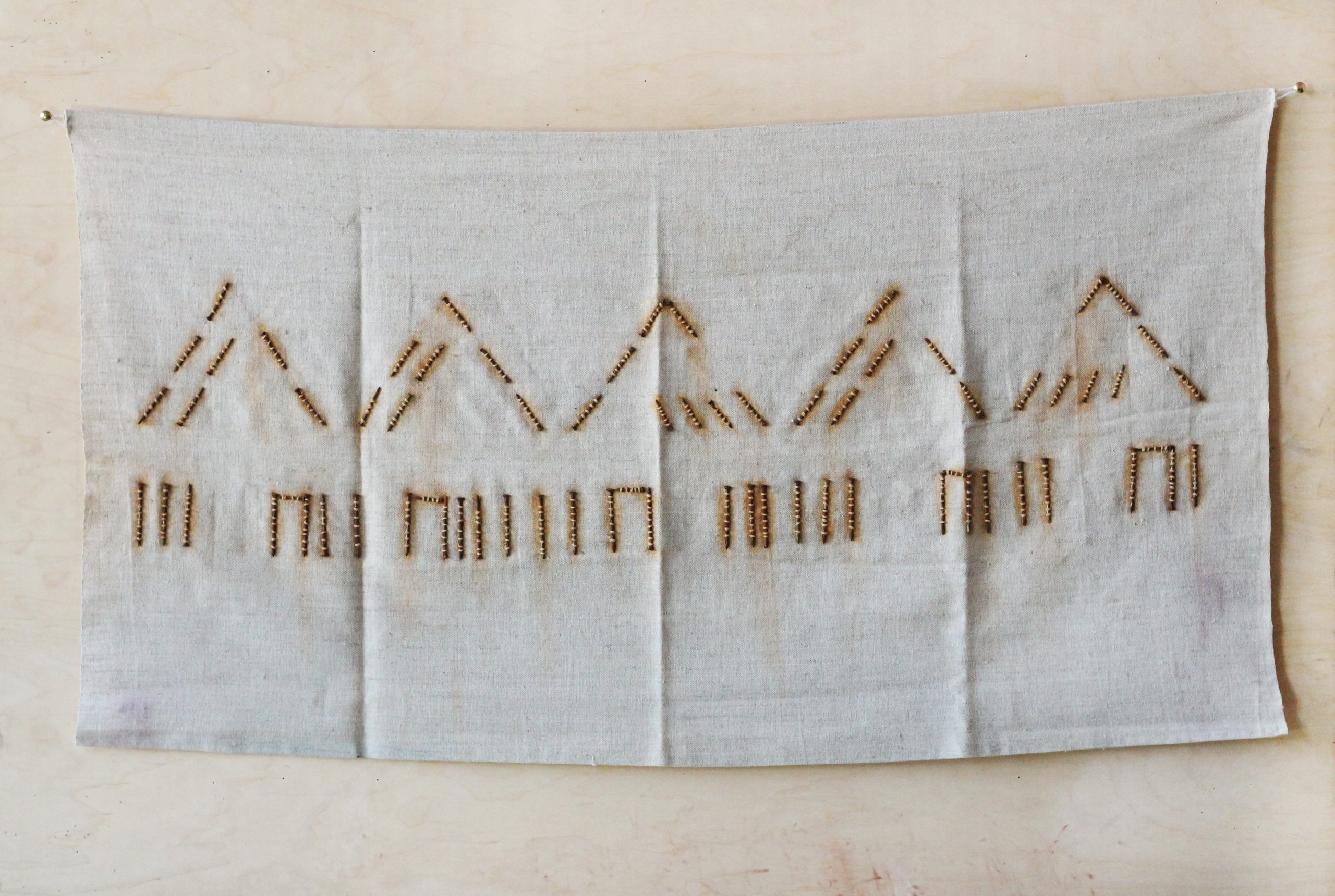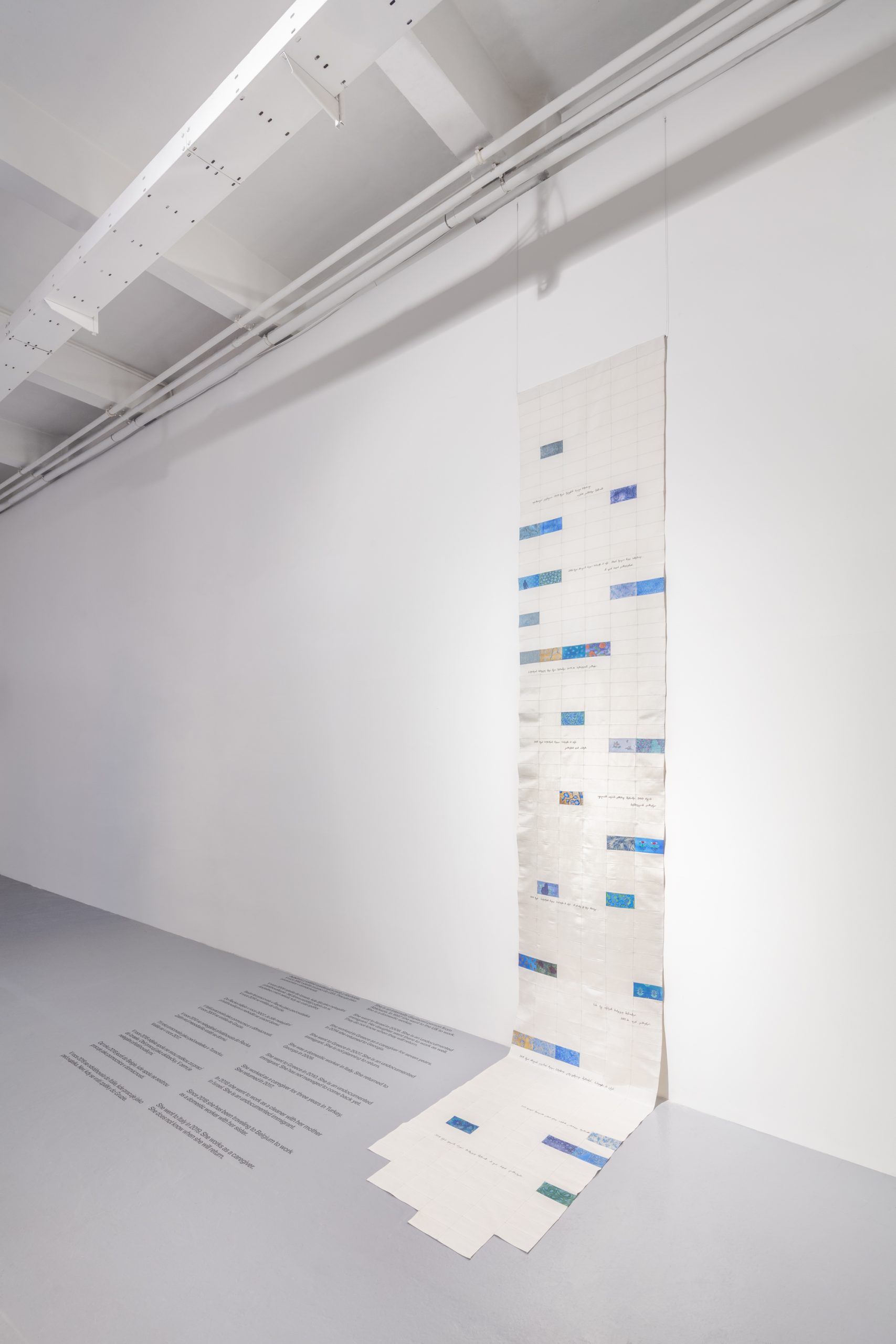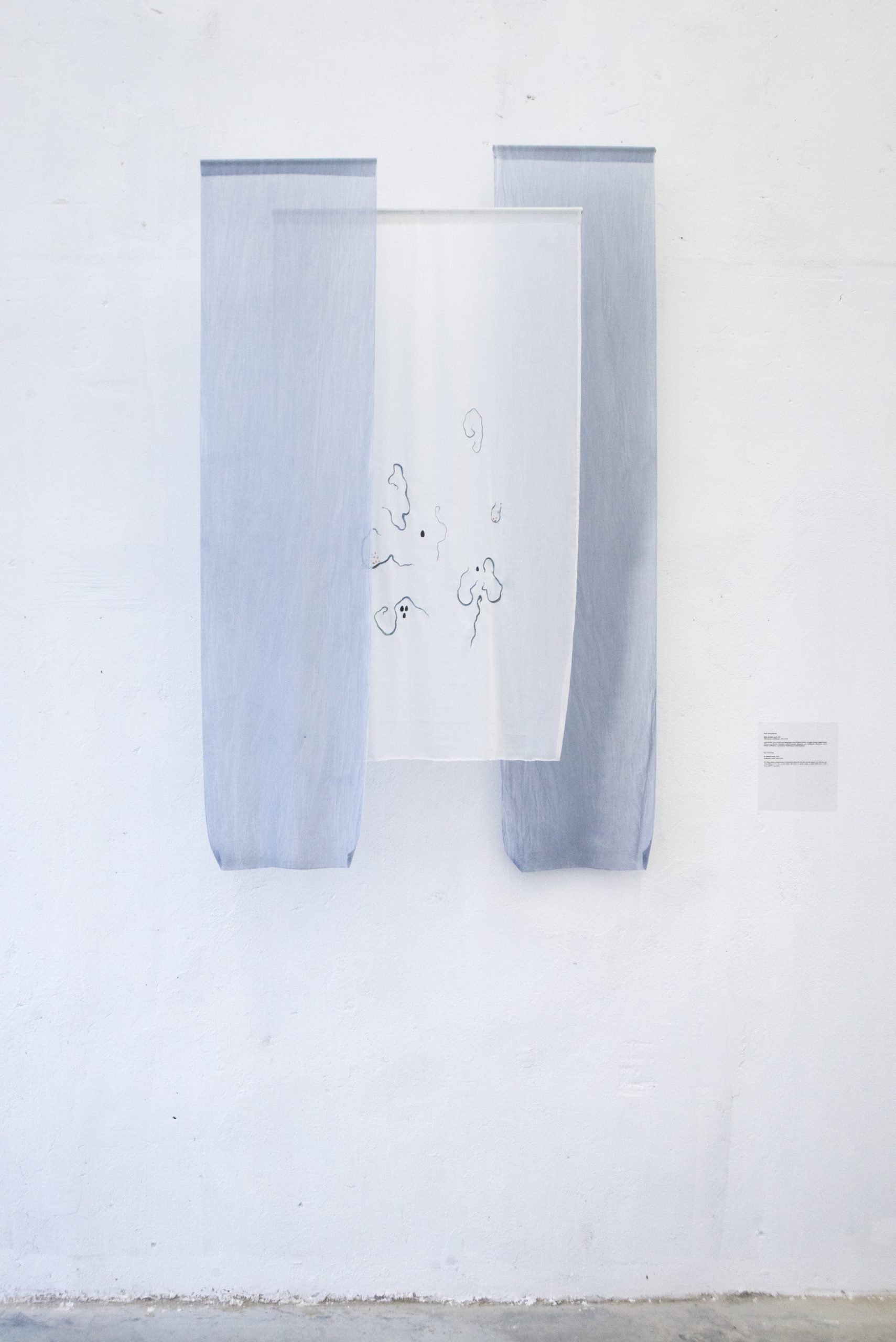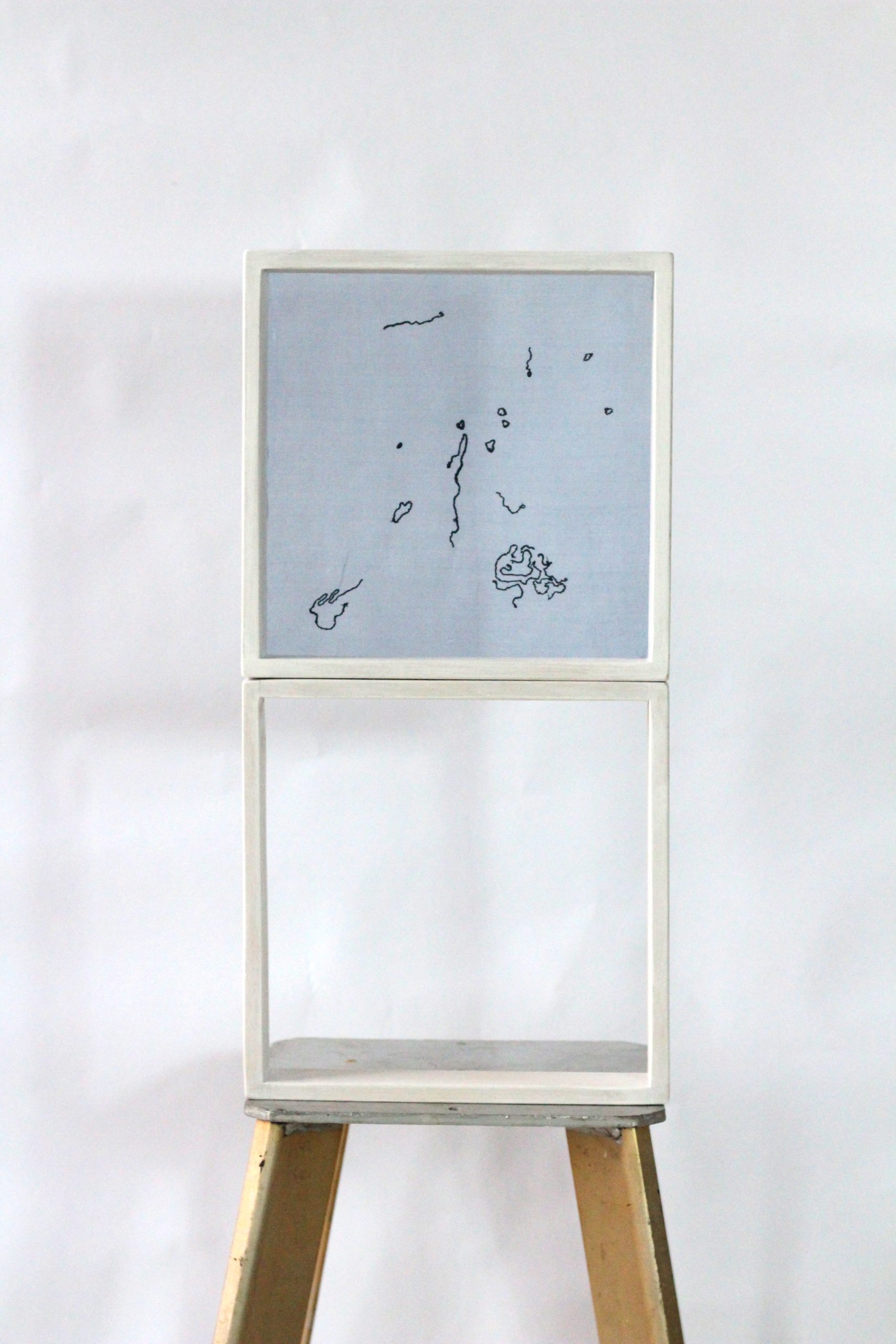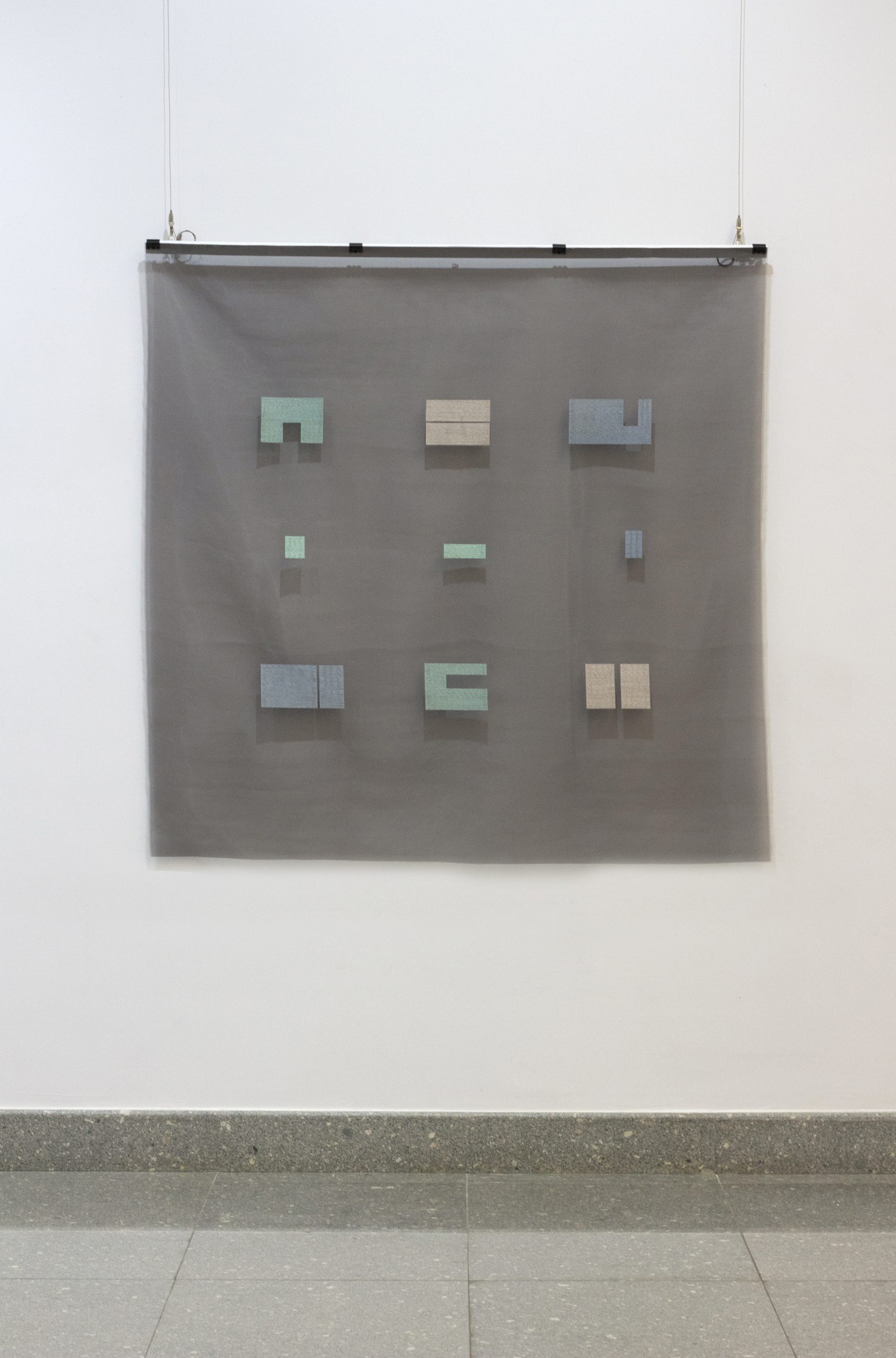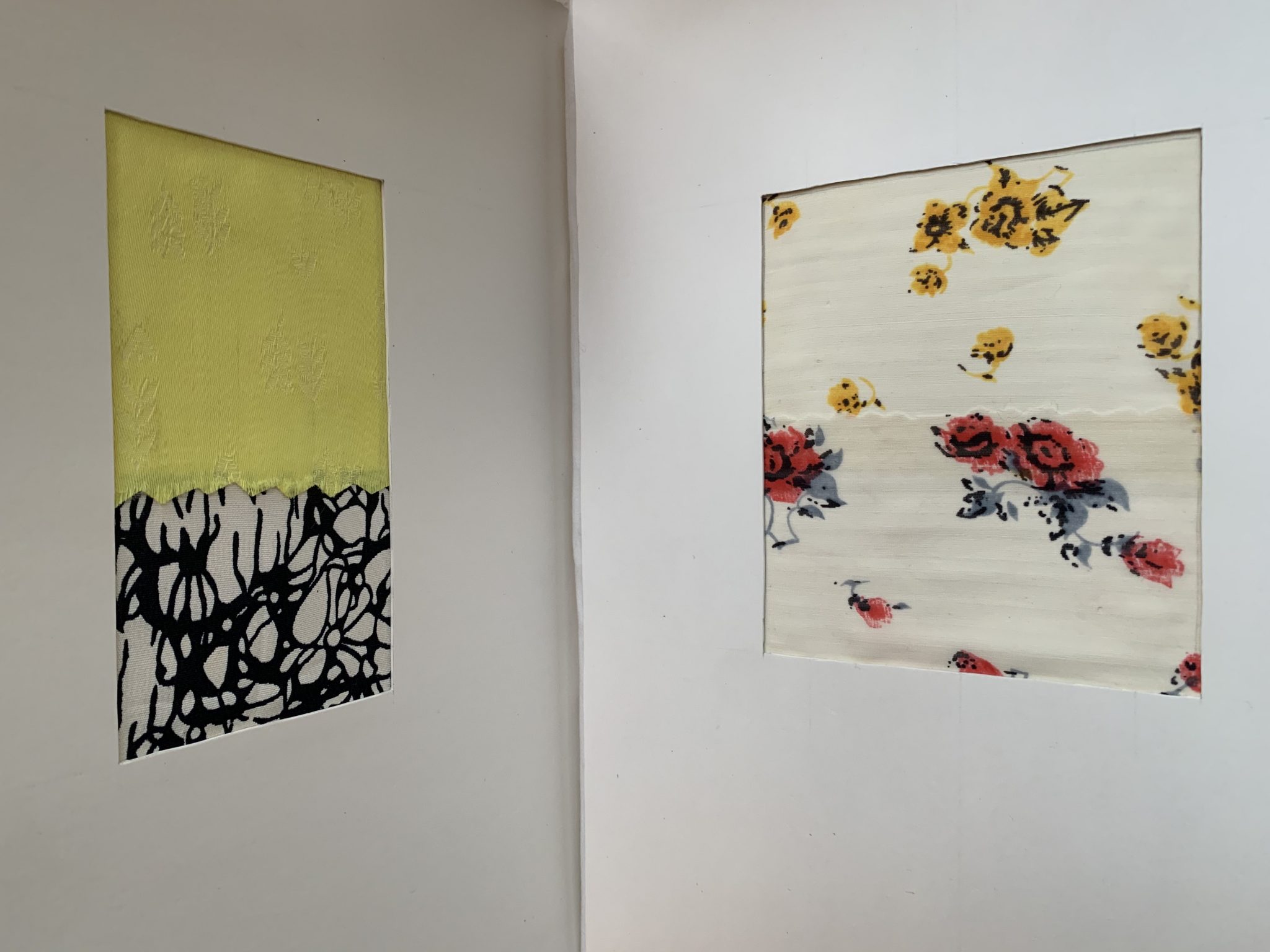Biography
Nino Zirakashvili was born in 1989 in Tbilisi. She is textile artist based in Tbilisi, lives and works in Rustavi city. She studied textile art at the Tbilisi State Art Academy. Nino was a scholarship holder and gain a grant with full state funding. In 2014, she continued her studies at the Master’s degree in the field of textile art at the TSAA.
Since 2015, Nino mainly uses various embroidery techniques, which are her own experiments to create art. The artist also uses different skills to create the artworks, such as quilt, print and weaving techniques. Nino’s works are related to political and social topics, as well as the artist’s personal existential feelings.
Nino Zirakashvili has been a participant in various art projects, both in Georgia and other countries. Among them are: “The new dictionary of old ideas” group exhibition in 2019-2020, at Meet factory in Prague and at Trafo in Szczecin. 2019– Group exhibition, “A doll’s House” in Tbilisi Goethe-Institute. 2016 group exhibition, “Shaping Identity”, Mystetskyi Arsenal in Kyiv and at Contemporary Art Gallery in Tbilisi.
Nino was resident in Art Villa Garikula in 2016.
Within the project “The new dictionary of old ideas” Nino was resident in Meet factory (Prague) and in Trafo (Szczecine) 2019-2020.
In 2016–Group exhibition “shaping identity” was published in catalog of Contemporary art gallery.
In Tbilisi Silk Museum us a permanent collection is exhibited Nino’s art book “Entomological Collection”
Reviews
Tbilisi Silk Museum. (Review of the works created within the framework of the artist’s book workshop at the State Silk Museum during Tatiana Fiodorova’s residency)
In the framework of the workshop, Nino Zirakashvili focused on the museum’s entomological collection, in particular on one of the vitrine drawers displaying labels of already disappeared butterflies. Zirakashvili’s artist’s book with its minimal visuality expands the interpretive approach. The work deals with the question of human imagination and the sharing of historical knowledge. The Latin scientific names of the extinct butterflies were handwritten in the late 19th century and are “revived” by the artist’s handwriting, design and artistic solution. The book’s minimalist design expresses handwritten framed labels, in which the incomplete areas of the sheets cause the visitor to think and imagine the species of butterflies that have disappeared over time. In this game of imaginationdesire, intuition, imagination and cognition is intensified by emotional sensitivity while touching the tactile – velvet cover of the artist’s book. In this way, Nino Zirakashvili’s book conceptually touches individual layers of perception, which is based on the personal experience of “reading” the work and transforms the phenomenon of time temporality into an act of subjective cognition.
Author: Mariam Shergelashvili
——
ნინო ზირაქაშვილი პროფესიით ტექსტილის დიზაინერია, ის ქსოვილებზე ძირითადად სხვადასხვა ტექნიკით მუშაობს, იყენებს პრინტს, ქვილთსა და ნაქარგს, არტისტი ძირითადად გამჭვირვალე ქსოვილებს მიმართავს, რაც საშუალებას აძლევს, რომ ნამუშევარი არ იყოს ორგანზომილებიანი, და ვიზუალური ილუზიის საშუალებით ზედ დატანილი გამოსახულებები სხვადასხვა სივრცეში განათავსოს. ნინო ზირაქაშვილი ეხება როგორც პოლიტიკურ და სოციალურ თემებს, ასევე ადამიანის ინდივიდუალურ განცდებსა და პიროვნულ მახასიათებლებს. მის ნამუშევრებს გამოარჩევს საოცარი სიმსუბუქე და დახვეწილი მინიმალიზმი.
ავტორი: ლიზა ალფაიძე
ფოტო: Rooms Studio, Propaganda Network, ლევან მაისურაძე, გურამ კაპანაძე, Kunsthalle Tbilisi
Author: Mariam Shergelashvili
Herbarium / Nino Zirakashvili
Mostly working through the media of textile, artist Nino Zirakashvili created a handmade album called “Herbarium.” It is the second work that she made in the form of an artist’s book in collaboration with the Silk Museum while rethinking the collection through her personal approach. “Herbarium” is a museum album that contains Soviet-time textiles with floral and plant patterns. It is a visual selection of samples that were forming the style of the Soviet textile production through such motifs. By subtly selecting or complementing textiles, presenting them in a neutral frame, “Herbarium” invites spectators to observe and enjoy their esthetic. At the same time, it makes us think about collective labor, which had a very active form not so long time ago. Besides being associated with flora, “Herbarium” is also a concealed statement, more precisely an artistic position that reminds the viewer about the information deposited, forgotten in the collective memory of the near past.
